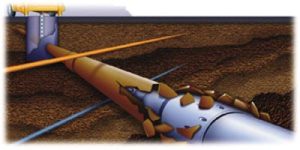Which Trenchless Technology Is Better? Cured In Place (CIPP) vs Pipe Bursting
Home |
Sewer Pipe Line Repair A burst sewer pipe in your home or small business is always a major inconvenience, but you can limit the impact on your wallet and stress levels by making a few smart choices about how you handle the situation. Fortunately, these days you do not need to tear up your entire…
Read MorePipe Lining is a minimally invasive process which allows the rehabilitation of existing drainage pipe without having to tear it out and replace it conventionally. In short, Pipe Lining is accomplished by inserting an epoxy saturated felt tube into the pipe, inflating it and letting it cure in place. After the liner has cured, the result is a brand-new…
Read MoreBook An
Appointment
Categories


